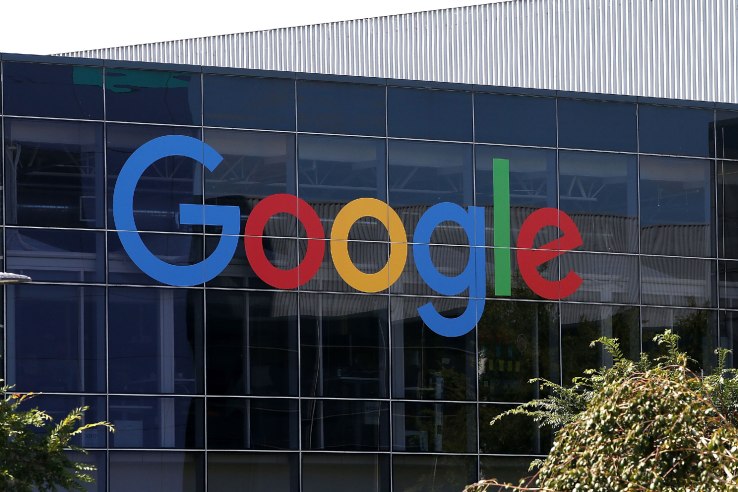http://techcrunch.com/2016/02/11/google-is-reportedly-building-a-standalone-vr-headset-not-powered-by-a-pc-or-smartphone/
Google Is Reportedly Building A Standalone VR Headset Not Powered By A PC Or Smartphone
 Google may be preparing a consumer virtual reality headset for a
release as early as this year that defies existing categorizations
and doesn’t rely on a PC or mobile phone as the central brain, the WSJ reports.
Google may be preparing a consumer virtual reality headset for a
release as early as this year that defies existing categorizations
and doesn’t rely on a PC or mobile phone as the central brain, the WSJ reports.Rumors have been bubbling up on the company’s VR hardware ambitions over the last few weeks. The Financial Times reported a few days ago that Google would be releasing a mobile-based Samsung Gear VR competitor in the near-future, possibly at Google I/O in May.
The WSJ report today suggests that Google will be building this untethered headset utilizing “high-powered” chips from Movidius that will power the device and its associated head-tracking technology made possible by external cameras.
Interestingly, Movidius just announced a partnership a couple weeks ago involving its Myriad 2 processing platform, detailing that the company was working with Google “to bring machine intelligence to devices.”
“The technological advances Google has made in machine intelligence and neural networks are astounding. The challenge in embedding this technology into consumer devices boils down to the need for extreme power efficiency, and this is where a deep synthesis between the underlying hardware architecture and the neural compute comes in,” said Movidius CEO Remi El-Ouazzane in the blog post from last month.
There have been other significant movements from Google in the past several months on the consumer side of virtual reality, though most have been devoted to more broad platforms like Cardboard and Project Tango which give third-party VR and AR hardware manufacturers and content creators a system to build upon.
While Project Tango is still in its earlier stages with Lenovo currently building some of the first Tango devices to be released this summer, Google Cardboard is already strapped on the faces of eager consumers who have ordered 5 million of the bare-bones devices.
These rumors also come in the wake of some interesting changes at the company over the past several weeks. Clay Bavor, Google’s VP for Product Management, left his work on other Google products to exclusively focus on managing the company’s virtual reality offerings.
Some interesting job postings on Google’s site also raised questions with postings detailing a need for a VR Hardware Engineering Technical Lead Manager that would lead a team in building “multiple” consumer electronic devices while also directing “system integration of high-performance, battery powered, highly constrained consumer electronics products.”
A battery-powered HMD device that isn’t attached to a PC or mobile phone would definitely be a major development in an industry largely-dominated by developer and consumer devices situated at either end.
For a company like Google with such clear ties to the mobile ecosystem, at first impression this feels like a bit of an odd move to me. Mobile VR offers major accessibility to users that are already sporting well-powered smartphones and tethered VR offers an unparalleled experience that prioritizes crazy resolutions and rapid frame rates.
We may just have to wait and see. While the WSJ reports that the device could be coming later this year, other sources told the paper that the development was in its early stages and Google could still choose not to release it.


